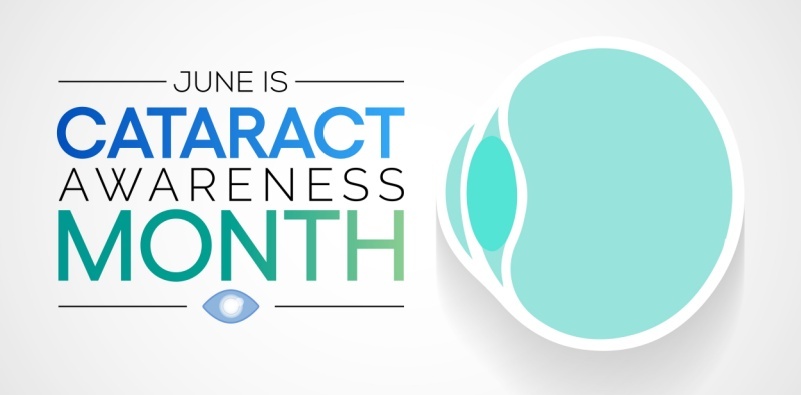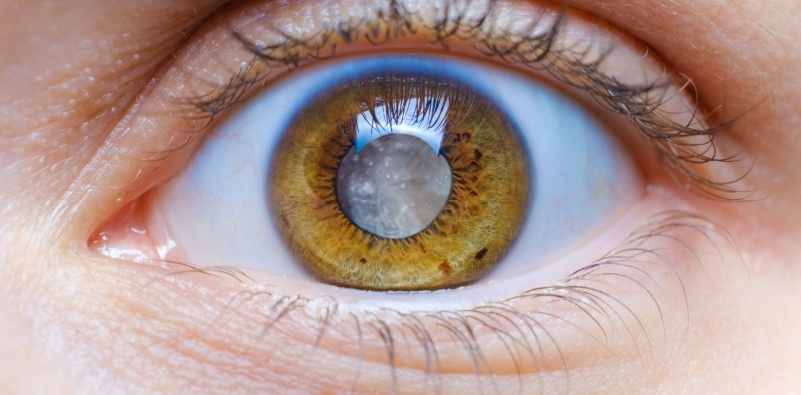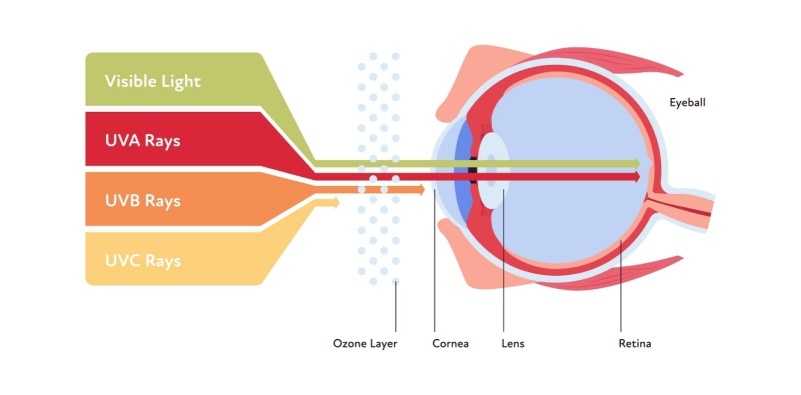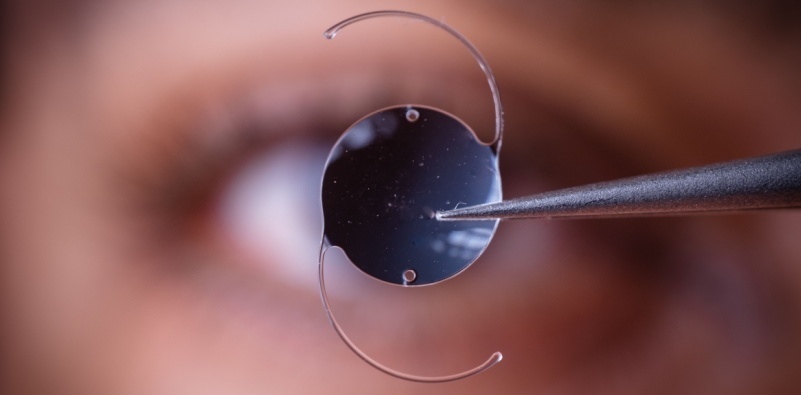What does a cataract look like in your eye?

In honor of Cataract Awareness Month, we want to shed some light on vision-clouding culprits known as cataracts. We’ll answer the question, ‘What does a cataract look like in your eye?’ and give insights into what they are, how they develop, and what you can do about them.
What are cataracts?

Imagine your eye’s natural lens is a window. Over time, that window can get fogged up, making everything look blurry or cloudy. That’s essentially what a cataract does.
Cataracts develop when the proteins and fibers in the lens start to break down, causing your vision to become less clear. While this process is a natural part of aging, it can be quite a nuisance, turning everyday tasks like reading or driving into a challenge.
Signs and symptoms

You might be wondering, “How do I know if I have cataracts?” Here are some telltale signs:
- cloudy or blurred vision
- trouble seeing at night
- sensitivity to light and glare
- seeing halos around lights
- fading or yellowing of colors
Initially, cataracts might only affect a small part of your lens, so you may not notice a significant change in your vision. But as the cataract grows, so does the impact on your sight.
Risk factors

While getting older is the most common cause of cataracts, several other factors can up your chances of developing them:
- UV exposure – Spending lots of time in the sun without eye protection can damage your eyes.
- Eye injury – Past injuries can increase your risk of cataracts.
- Family history – If cataracts run in your family, you might be more prone to them, too.
- Diabetes – This condition can affect many parts of your body, including your eyes and can increase your chance of developing cataracts.
Diagnosis and treatment

Do you suspect you might have cataracts? The best way to know for sure is through a comprehensive eye exam. One of our experienced eye doctors will check for signs and determine their severity. During the early stages, updating your glasses prescription should help you manage symptoms. But as the cataract progresses, further action will be needed to remove it.
When it comes to advanced cataract treatment, outpatient surgery is the go-to option. This is usually quick and involves removing the cloudy lens and replacing it with a clear, artificial one. We provide comprehensive pre and post-operative care to ensure a smooth and successful cataract surgery experience.
Our pre-operative services include thorough eye exams and personalized consultations to prepare you for surgery. After the procedure, our dedicated team offers detailed post-operative instructions, follow-up appointments, and support to ensure optimal recovery and vision improvement.
How to prevent cataracts

Do sunglasses prevent cataracts? Since UV contributes towards their formation, sunglasses will definitely help protect your eyes from harmful rays and reduce your risk.
While you can’t completely stop cataracts, there are also other steps you can take to protect your eyes and slow the process, such as:
- Quitting smoking, which otherwise increases your risk of cataracts
- Have routine eye exams to help diagnose cataracts early and monitor your eye health.
Get in touch
Do you have questions about cataracts? Ready to schedule that all-important eye exam? We’re here to help you see clearly and keep your eyes healthy. Visit our eye doctors in Fort Wayne, Indiana, for more information and advice about cataracts.
